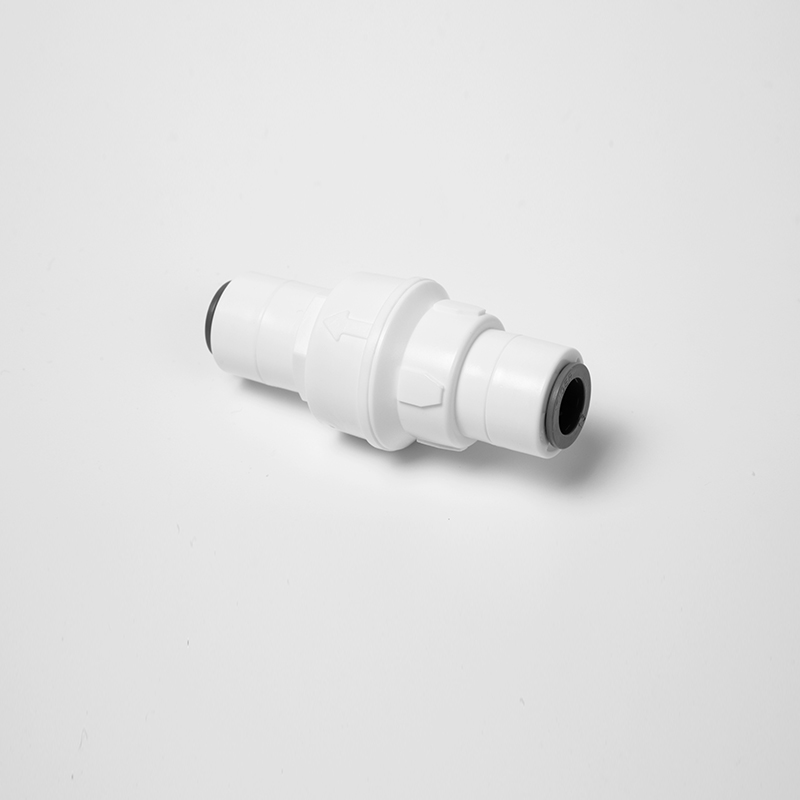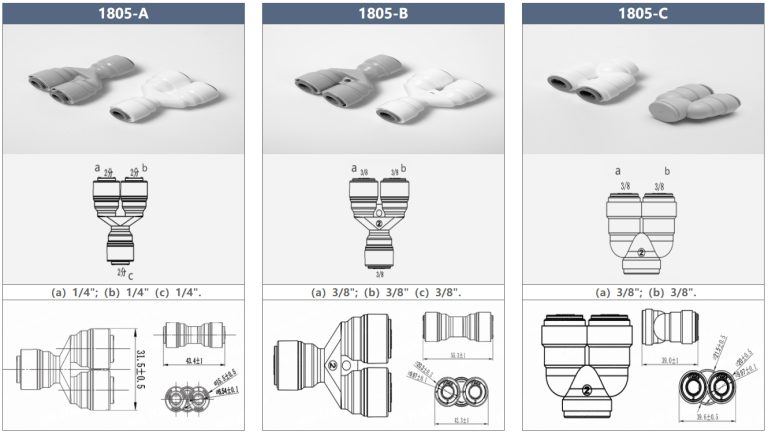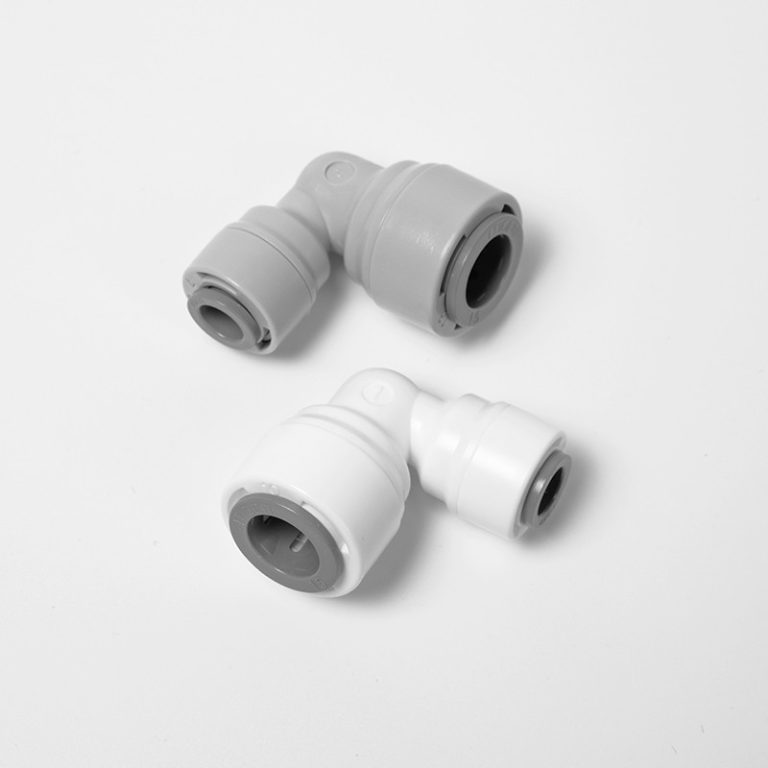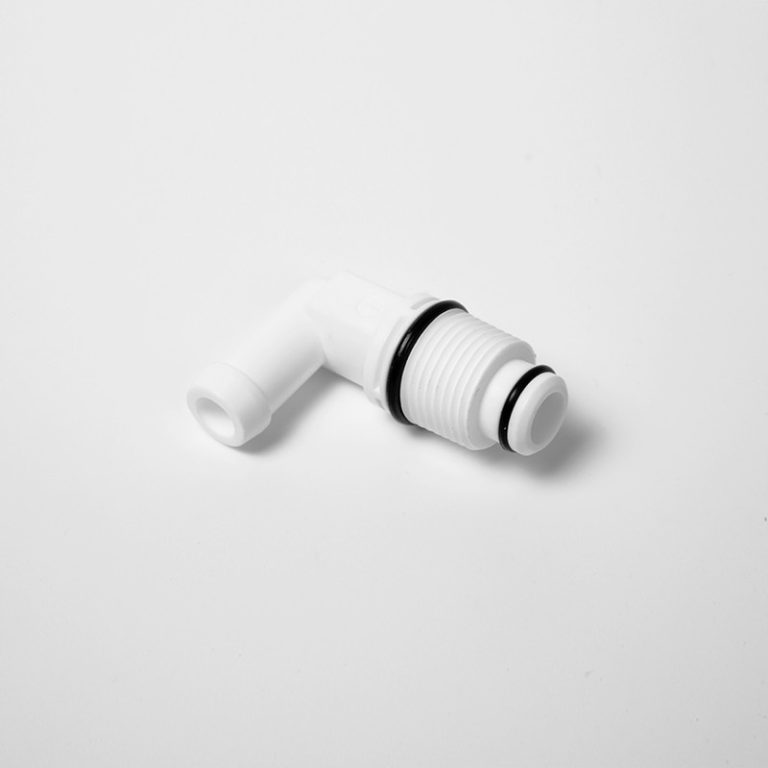“قناة PVC المرنة: قم بثنيها وتشكيلها وحماية أسلاكك بسهولة.”
Table of Contents
إيجابيات وسلبيات استخدام قناة PVC لحلول الأسلاك المرنة
نموذج
| أنبوب (أ) | الجذعية (ب) | 1801-أ |
|---|---|---|
| 1801-ج | 1/4 | 1/4 |
| نموذج | 1/4 | 3/20 |
أنبوب (أ)
| الجذعية (ب) | 1801-أ | 1801-ج |
|---|---|---|
| ومع ذلك، هناك بعض العيوب لاستخدام قناة PVC التي ينبغي أن تؤخذ بعين الاعتبار. أحد العيوب الرئيسية لمواسير PVC هو مقاومتها المحدودة لدرجة الحرارة. أنابيب PVC ليست مناسبة للبيئات ذات درجات الحرارة العالية، لأنها يمكن أن تصبح هشة وتتحلل عند تعرضها للحرارة الشديدة. قد يؤدي هذا القيد إلى تقييد استخدام قناة PVC في تطبيقات معينة حيث تكون درجات الحرارة المرتفعة مصدر قلق.
بالإضافة إلى ذلك، فإن قناة PVC ليست قوية مثل خيارات القناة المعدنية، مثل الفولاذ أو الألومنيوم. في حين أن قناة PVC متينة ومقاومة للتآكل، فهي أكثر عرضة للضرر المادي الناتج عن التأثير أو الضغط. قد يكون هذا الانخفاض في القوة مصدر قلق في المناطق التي تتعرض فيها القناة لخطر السحق أو التلف، مما قد يعرض سلامة نظام الأسلاك للخطر. في الختام، تعد قناة PVC خيارًا مرنًا ومتعدد الاستخدامات لحلول الأسلاك التي توفر العديد من المزايا، بما في ذلك سهولة التركيب والمتانة والقدرة على تحمل التكاليف. في حين أن هناك بعض القيود التي يجب أخذها في الاعتبار، مثل مقاومة درجات الحرارة والقوة، تظل قناة PVC خيارًا موثوقًا به للمشاريع التي تتطلب مادة قناة مرنة وفعالة من حيث التكلفة. من خلال فهم إيجابيات وسلبيات استخدام قناة PVC، يمكنك تحديد ما إذا كان هو الخيار الصحيح لاحتياجات نظام الأسلاك الخاص بك. |
1/4 | 1/4 |
| كيفية تركيب وصيانة قناة PVC بشكل صحيح لتحقيق المرونة والمتانة | 1/4 | 3/38 |
بشكل عام، تعد قناة PVC خيارًا مرنًا ومتينًا لتركيبات الأسلاك الكهربائية، ولكن من المهم تركيبها وصيانتها بشكل صحيح لضمان طول عمرها. من خلال اتباع تعليمات الشركة المصنعة، واستخدام تقنيات الثني المناسبة، وفحص القناة وصيانتها بانتظام، وحمايتها من الظروف البيئية القاسية، يمكنك التأكد من أن قناة PVC الخاصة بك تظل مرنة وموثوقة لسنوات قادمة.
How to Properly Install and Maintain PVC Conduit for Flexibility and Durability
PVC conduit is a popular choice for electrical wiring installations due to its flexibility and durability. Many people wonder if PVC conduit is truly flexible, and the answer is yes. PVC conduit is designed to be flexible enough to bend and curve around obstacles, making it easier to install in tight spaces. However, it is important to properly install and maintain PVC conduit to ensure its flexibility and durability over time.
When installing PVC conduit, it is important to follow the manufacturer’s instructions carefully. This includes using the correct size and type of conduit for your specific application, as well as using the proper tools and techniques for cutting and bending the conduit. It is also important to properly secure the conduit in place to prevent it from shifting or becoming damaged.
One of the key factors in maintaining the flexibility of PVC conduit is to avoid over-bending it. While PVC conduit is designed to be flexible, excessive bending can cause the conduit to kink or crack, compromising its integrity. When bending PVC conduit, it is important to use a bending tool or a heat gun to gently shape the conduit without putting too much stress on it. It is also important to avoid sharp bends or twists in the conduit, as this can weaken the material and lead to potential issues down the line.
In addition to proper installation and bending techniques, it is also important to regularly inspect and maintain PVC conduit to ensure its flexibility and durability. This includes checking for any signs of damage, such as cracks, kinks, or breaks, and repairing or replacing any damaged sections as needed. It is also important to keep the conduit clean and free of debris, as dirt and other contaminants can cause the conduit to become stiff and less flexible over time.

Another important aspect of maintaining PVC conduit is to protect it from exposure to harsh environmental conditions. PVC conduit is designed to be resistant to moisture, chemicals, and UV radiation, but prolonged exposure to these elements can still cause damage over time. To protect PVC conduit from the elements, it is important to install it in a location that is sheltered from direct sunlight, moisture, and other potential hazards. It is also important to use proper fittings and connectors to seal the conduit and prevent water or other contaminants from entering.

Overall, PVC conduit is a flexible and durable option for electrical wiring installations, but it is important to properly install and maintain it to ensure its longevity. By following the manufacturer’s instructions, using proper bending techniques, inspecting and maintaining the conduit regularly, and protecting it from harsh environmental conditions, you can ensure that your PVC conduit remains flexible and reliable for years to come.




